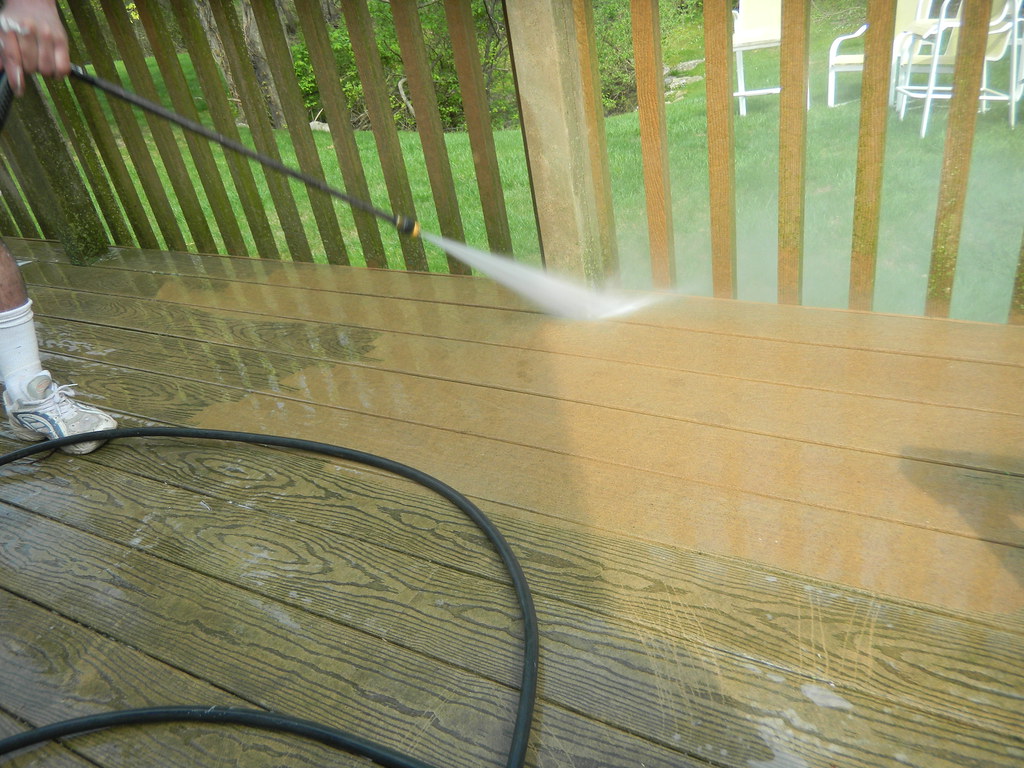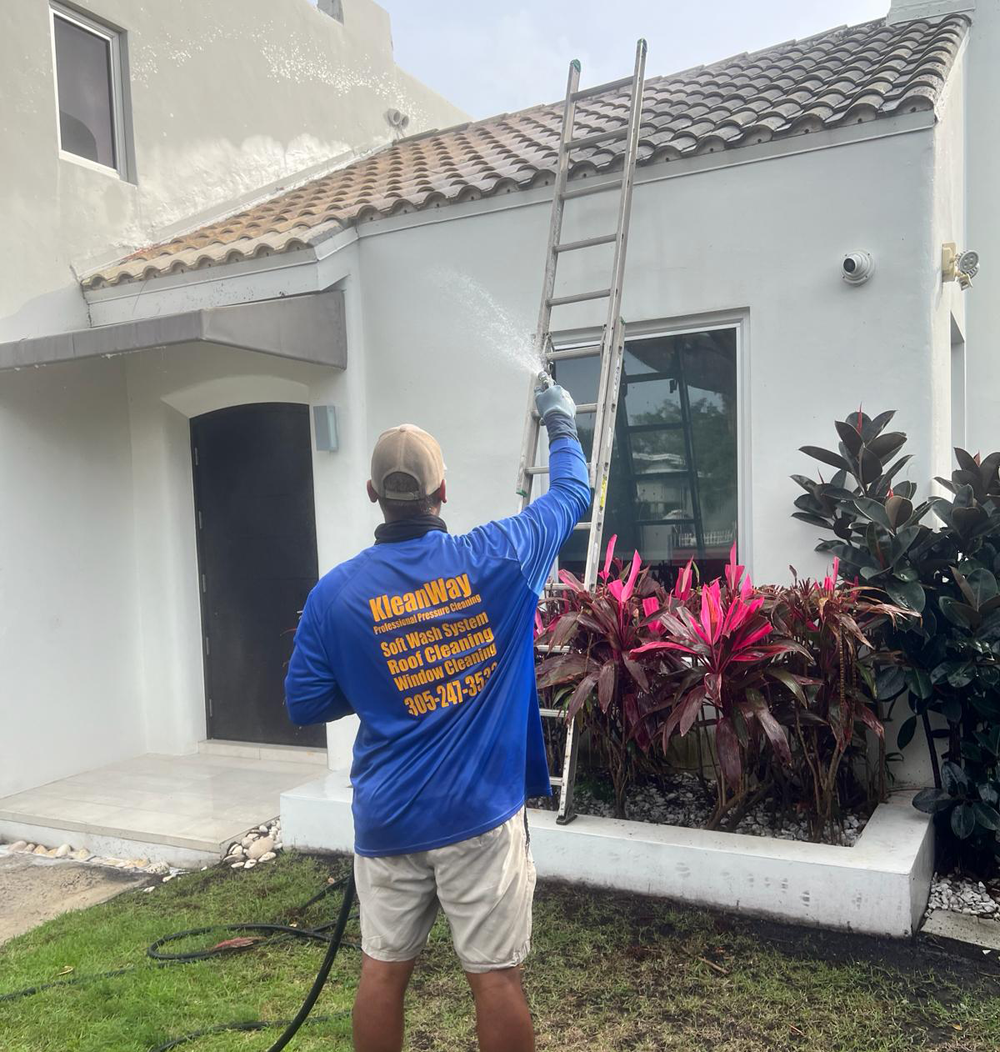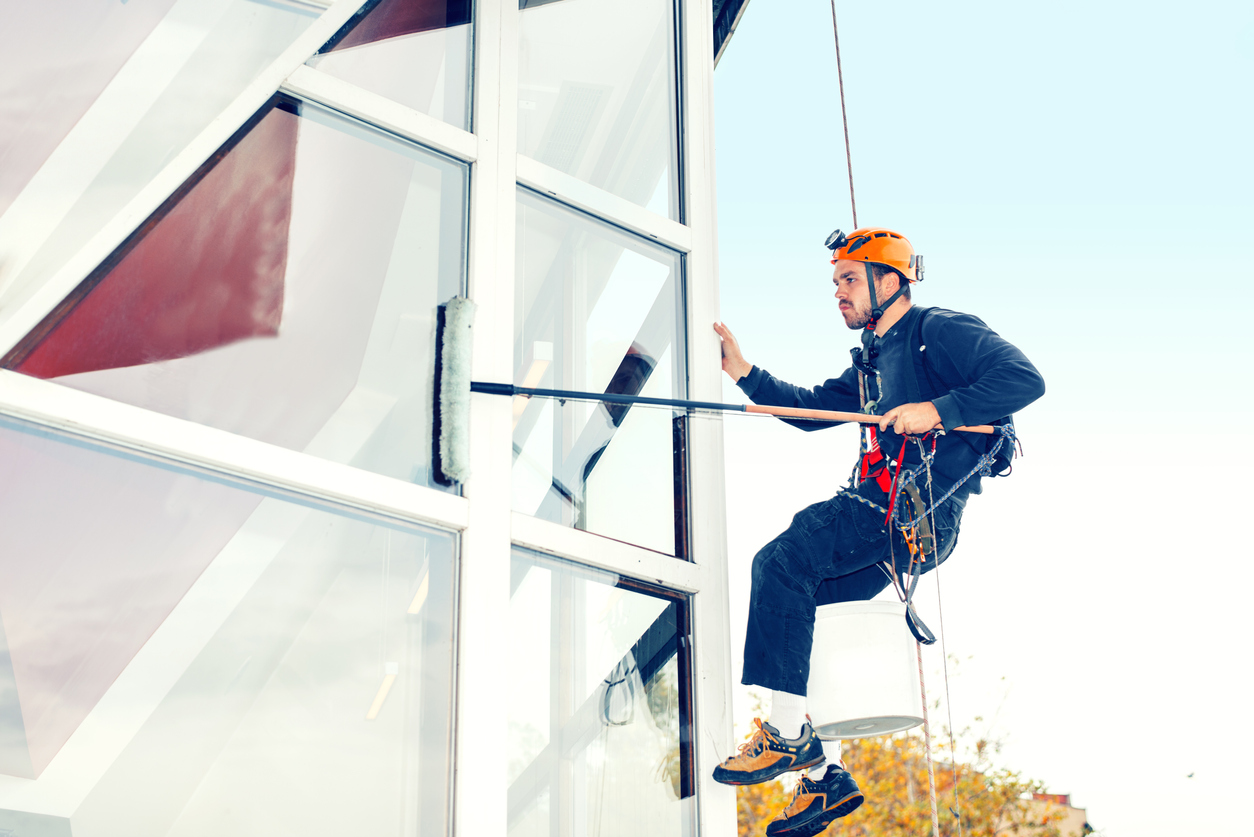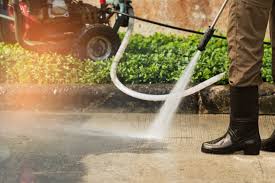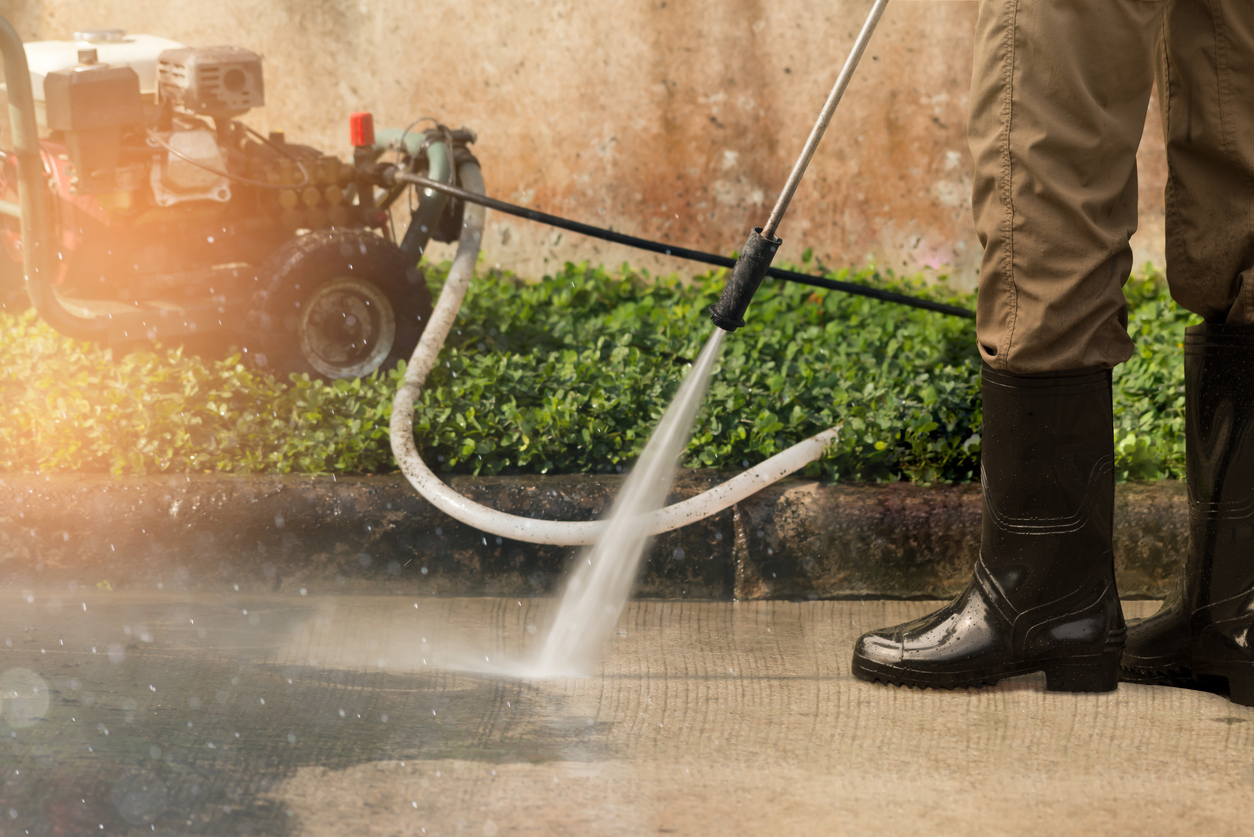Pressure Cleaning in Doral: Discover Why Kleanway Cleaning Services is the Ultimate Choice
Pressure cleaning, also referred to as power washing, is an incredibly effective technique for eliminating dirt, grime, mold, and other pollutants from various surfaces. In a bustling city like Doral,…



